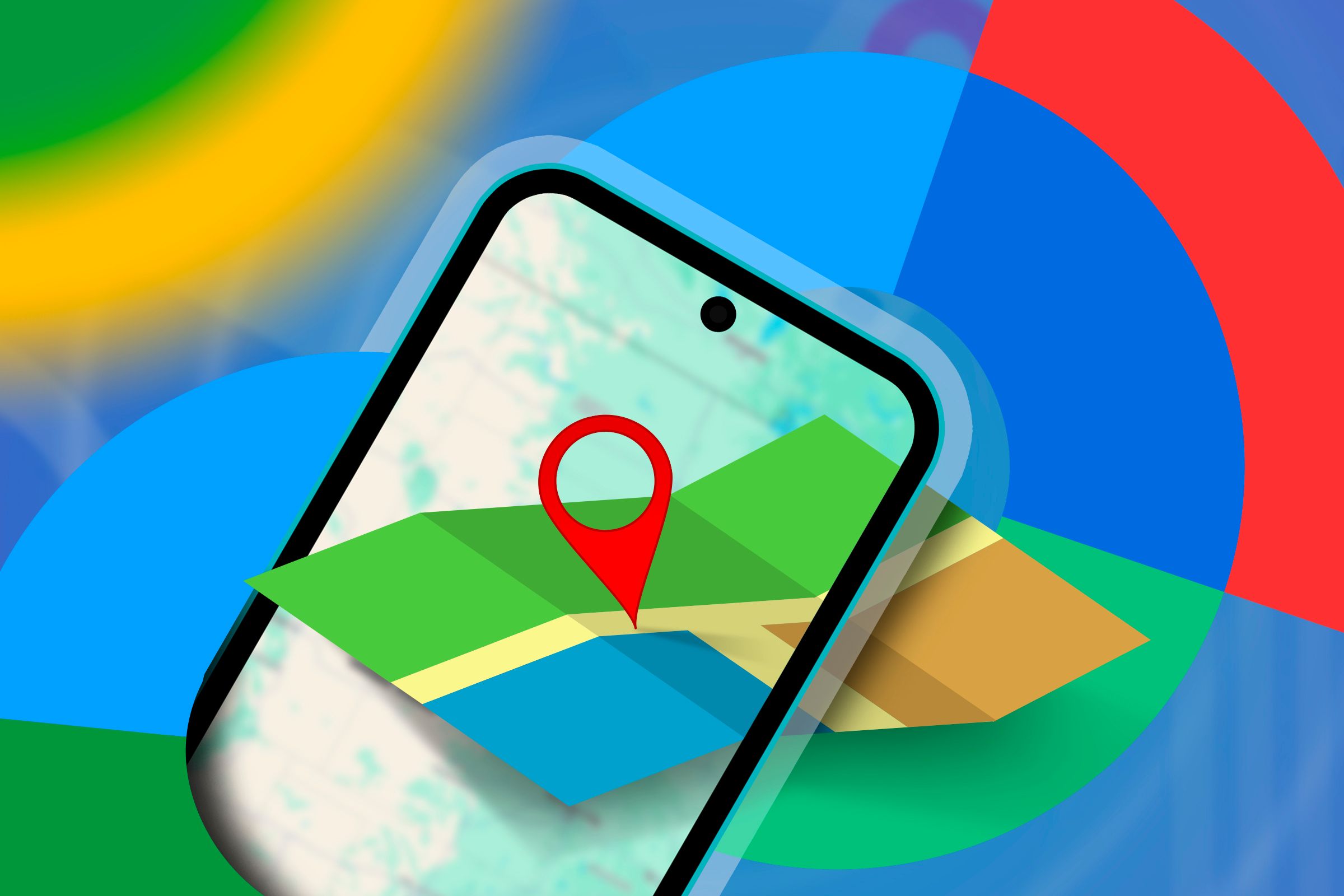It’s barely been a year since Google flipped the switch on Android’s Find My Device network, but it’s already getting a rebrand and an upgrade to help you keep track of everything and everyone that matters.
Find My Device launched as an expansion of Google’s existing service that was primarily for finding and locating Android phones and watches. It isn’t just about finding a lost gadget anymore, though, and the new name represents that: Find Hub. Think of it as your one-stop shop for digital and physical peace of mind.
As you’re used to, Find Hub will help you locate your Android devices and track items you’ve tagged with Bluetooth trackers. The big change, however, is bringing location sharing for people into the same place. Whether you’re looking to share your location or see the location of others, it can be done from the Find Hub app. This functionality previously lived in the Google Maps app, but now it’s more centrally located.
Google is also expanding the functionality by bringing more partners into the fold. Look forward to built-in support from luggage brands July and Mokobara. Peak integration can even help you keep track of your skis. Disney-themed tags from Pixbee are also coming soon. Later this month, if you have a device with Ultra-Wideband (UWB) support, you’ll get super-precise nearby finding capabilities as well. This is launching first on the Moto Tag.
Later this year, for devices and carriers that support it, Find Hub will also integrate satellite connectivity. This means you can stay connected and let friends or family know where you are, even if you’re far off the grid with no cellular signal.
And for next year, you’ll be able to directly share your tag’s location with airlines, including Aer Lingus, British Airways, Cathay Pacific, Iberia, and Singapore Airlines. This will allow you to have your luggage’s location and be able to share it directly with the airline in the event that it gets lost.
These are all very solid updates for Find Hub, and it makes a lot of sense to bring location tracking for people into the mix. Ultimately, the thing holding back the Find Hub is user adoption. At launch, finding Bluetooth trackers with the Find My Device network was not very useful as it wasn’t enabled on enough devices. That needs to improve in order for the Find Hub to be useful.
Source: Google

Related
How Does Google’s Find My Device Work and Is It Secure?
Google has long had a built-in service aptly named “Find My Device” for tracking and locating Android devices. However, thanks in large part to the Apple AirTag, people want to be able to track more than their phones. Google revamped the “Find My Device” service in response—here’s what you need to know.




